Asian Beverages: Basic Overview
Common Ingredients
Common Preparing Methods
Key Taste
Drinking Etiquette
Culinary Festivals
Influence and Fusion
Classifications of Asian Beverages
-
Alcoholic Beverages
Asian alcoholic beverages include both fermented beverages like rice wines and distilled spirits, characterized by a wide range of flavors and alcohol contents.
The production techniques vary, incorporating unique ingredients such as sorghum, rice, and barley.
The flavor profiles range from smooth and subtle to bold and complex.
These drinks often hold ceremonial significance, integral to celebrations and social events.
-
Non-alcoholic Beverages
Non-alcoholic drinks in Asian cuisine encompass a broad variety of flavors, from aromatic teas to refreshing fruit-based concoctions and traditional herbal drinks.
They utilize local ingredients like exotic fruits, spices, and flowers, offering diverse tastes that can be sweet, tart, or savory.
Many are part of daily consumption as well as special occasions, symbolizing hospitality across different cultures.
Asian beverages encompass a wide variety of drinks that are part of the food and beverage culture in Asia. These drinks include both non-alcoholic and alcoholic options, catering to different tastes and occasions.
Non-alcoholic options range from traditional teas, milk teas, coffee, and fruit juices, to soft drinks and dairy-based drinks. Alcoholic beverages in Asia also have a rich history, with traditional drinks like sake from Japan, soju from Korea, and various rice wines from China.
These beverages are often made from local ingredients and traditional methods that have been passed down through generations. The flavors range from sweet and creamy to tart and refreshing, often with a balance of spices and herbs.
Asian drinks can be served hot, like traditional teas, or cold, providing a refreshing option in warmer climates.These drinks are not only consumed for their taste and refreshment but also play significant roles in ceremonies, festivals, and daily life.
Apart from Asia’s favorite drinks, I also explore drinking traditions and their rise to global popularity. You’ll also learn about the features of drinks from different Asian regions, their cultural importance, and which countries lead in alcohol and beer consumption.
I delve into the origins of Asia’s love for tea, key characteristics of Asian coffee, famous wine types, and top Asian producers of tea, coffee, and wine.
I also examine the differences between traditional and modern Asian drinks, compare them to Western beverages, and suggest perfect Asian food and beverage pairings.
Let’s get started now!
55 Best Asian Beverages with Filters
Check out the best drinks from Asia with this easy-to-follow list of 55 top picks, organized by how popular they are. This guide has special features that let you search by how well-liked they are, what’s in them, how they taste, and how they’re made.
No matter if you like traditional, national, fusion, exotic, or street beverages, this guide makes it easy to find your way around Asia’s wide range of drinks.
Green Tea
- Non-Alcoholic
- National
- Traditional
Green tea is a traditional beverage originating from China, known for its distinctive green color, and is made from the leaves and buds of the Camellia sinensis plant that haven’t been oxidized or withered, unlike black or oolong teas.
This tea is a staple in East Asian cultures and has spread globally. Green tea comes in several varieties, which vary based on the cultivation and processing methods, with some famous variations including matcha, sencha, and Longjing. It is popular in countries like China, Japan, Korea, and increasingly around the world.
Green tea is often associated with various health benefits, though scientific evidence varies. It’s also a part of traditional ceremonies, such as the Japanese tea ceremony.
Black Tea
- Non-Alcoholic
- Traditional
Black tea, originating from China and known as “red tea” in East Asian languages due to its oxidized leaves, is a traditional drink made from the Camellia sinensis plant.It is more oxidized than other tea types, offering a stronger flavor and longer shelf life, which historically made it a valuable trade commodity.
Black tea varies by region, with notable varieties including the small-leaved Chinese and large-leaved Assamese plants.It is enjoyed worldwide, with whole-leaf grades considered the highest quality.
Black tea’s popularity has spread across East and Southeast Asia, including countries like Japan, Korea, and Singapore, and also to South Asian countries.
Soy Milk
- Non-Alcoholic
- Street Beverages
- Traditional
Soy Milk, also known as soya milk or soy milk, is a traditional beverage originating from China. It is a plant-based drink produced by soaking and grinding soybeans, then boiling the mixture and filtering out the particulates.
Soy milk has become a common alternative to dairy milk in various parts of the world, particularly among vegans and those who are lactose intolerant.
While it is a traditional drink with roots in Chinese cuisine, soy milk has gained international popularity and is consumed in Europe, North America, and beyond.
Coconut Water
- Non-Alcoholic
- Street Beverages
- Traditional
Coconut water, also known as coconut juice, is the clear liquid found inside young coconuts, the fruits of the coconut palm. This beverage is a traditional and street drink in tropical countries where coconuts are readily available.
Coconut water can be consumed fresh, canned, or bottled and is particularly popular in Southeast Asia.
In the Philippines, coconut water from young green coconuts is specifically known as “buko juice.” The drink is served chilled, fresh, or packaged, often by street vendors who cut them open in front of customers.
Coconut water can also be fermented to produce coconut vinegar or used to make nata de coco, a Filipino jelly-like food product.
Bubble Tea
- Non-Alcoholic
- Street Beverages
Bubble tea, also known as pearl milk tea, boba milk tea, or simply boba, is a tea-based drink that hails from Taiwan in the early 1980s. It has since become a beloved beverage worldwide, especially among the East Asian diaspora and beyond.
This drink is characterized by its signature chewy tapioca pearls, also known as “boba” or “pearls,” which are made from the starch of the cassava plant.
Bubble tea can be served either hot or cold and comes in two main categories: milk teas and teas without milk, with a variety of tea bases, including black, green, or oolong tea. Milk tea includes different milk types, such as powdered, fresh, condensed, almond, soy, or coconut milk.
Bubble tea offers a wide array of flavors and variations, with some of the most popular being pearl black milk tea and pearl green milk tea.
The drink’s versatility extends to its toppings as well, which, besides tapioca pearls, can include grass jelly, aloe vera, red bean, and popping boba, among others.
Japanese Whisky
- Alcoholic
- Fusion
Japanese whisky is a traditional beverage from Japan, mirroring the style of Scotch whisky. It began in the 1870s, with the first commercial distillery opening in 1923.
Japanese whisky is known for its meticulous production process, including blending, malt, and grain whiskies, with Suntory and Nikka being prominent producers. It has gained international recognition, especially for its quality and craftsmanship.
Regulations ensure it is made exclusively in Japan, using local ingredients. Despite its popularity, the industry faces challenges like supply shortages due to past production cuts and the aging process required for whisky.
Sake
- Alcoholic
- National
- Traditional
Sake is a traditional Japanese rice wine made by fermenting rice that has been polished to remove the bran. Sake is considered the national beverage of Japan, and can be enjoyed in a variety of cups and at different temperatures, depending on the type.
There are many famous variations of sake, including junmai, ginjo, and daiginjo. Sake is popular not only in Japan but also internationally, gaining recognition for its quality and variety.
It plays a significant role in Japanese culture and is often associated with festivals and celebrations, such as New Year and wedding ceremonies.
Soju
- Alcoholic
- National
- Traditional
Soju is a clear, colorless distilled beverage from Korea, traditionally made from rice but now often produced using other starches like tapioca and sweet potatoes. It is a popular spirit with a variable alcohol content, typically ranging from about 17% to 53% ABV.
Soju is traditionally consumed neat and is known for its versatility and smoothness. It is considered a national drink of Korea and is a staple in Korean dining and social gatherings.
Famous variations of soju include fruit-flavored soju, including a range of options like peach, green grape, grapefruit, and more exotic choices such as yuzu and plum.
Soju has also been gaining international popularity, especially in countries with significant Korean diaspora communities.
Ceylon Tea
- Non-Alcoholic
- Traditional
Ceylon tea is a traditional beverage produced in Sri Lanka, formerly known as Ceylon. It is recognized globally for its rich flavor and aromatic qualities, making it a staple in the tea industry.
Ceylon tea comes in various types, including black, green, white, and oolong, each offering a unique taste and aroma. This tea is a significant part of Sri Lanka’s culture and economy, being one of the country’s main exports.
It is popular not only in Asia but also in Europe, the United States, and the Middle East. Ceylon tea is often associated with a symbol of quality, the Lion Logo, which guarantees its purity and origin.
Oolong Tea
- Non-Alcoholic
- Traditional
Oolong tea, also known as “dark dragon tea,” is a traditional semi-oxidized tea from the Camellia sinensis plant. This traditional beverage is especially popular in southeastern China and among ethnic Chinese communities in Southeast Asia.
The degree of oxidation can range from 8% to 85%, giving rise to a variety of flavors and aromas, from sweet and fruity to woody and thick or green and fresh.
Famous variations include Da Hong Pao and teas from the Wuyi Mountains, as well as Dancong teas known for mimicking the flavors and fragrances of various flowers and fruits.
Oolong tea is celebrated in the Fujian preparation process and the gongfu tea ceremony, highlighting its cultural significance. It is popular not only in China and Taiwan but also enjoys a global appreciation.
Masala Chai
- Non-Alcoholic
- Fusion
- National
- Street Beverages
- Traditional
Masala chai, a traditional beverage from the Indian subcontinent, is a spiced tea made by brewing black tea with a mixture of aromatic spices and herbs such as ginger, cardamom, cinnamon, and cloves, among others.
Originating in India, masala chai has gained popularity worldwide, especially as a feature in many coffee and tea houses where it is often served as a chai latte or chai tea latte.
Turkish Tea
- Non-Alcoholic
- Street Beverages
- Traditional
Turkish Tea, or “çay,” is a traditional black tea from Turkey, served in tulip-shaped glasses and brewed using a two-tiered teapot called “çaydanlık.” It is central to Turkish culture and social life, especially in tea houses and gardens.
Turkey has the highest per capita tea consumption globally, with Rize tea being the most famous variety due to its ideal growing conditions in Rize Province.
It is a significant part of daily life and social gatherings, not just within Turkey but also in Northern Cyprus and some Balkan countries.
Vietnamese Coffee
- Non-Alcoholic
- Street Beverages
- Traditional
Vietnamese coffee, known locally as cà phê đá when served iced, is a traditional beverage of Vietnam, characterized by its use of strong dark roast coffee and sweetened condensed milk. This coffee can be enjoyed hot or cold, with the cold version being particularly popular.
Vietnam is now a significant coffee producer, primarily of the Robusta variety, and the second largest coffee producer worldwide. Vietnamese coffee is not only a staple drink in Vietnam but has also gained popularity in many countries around the world.
It is especially known for its variations, such as cà phê sữa đá (iced coffee with condensed milk) and egg coffee (cà phê trứng), which adds egg yolks to create a rich and creamy top layer.
Jasmine Tea
- Non-Alcoholic
- Traditional
Jasmine tea is a traditional Chinese drink made by infusing tea leaves with jasmine blossoms to create a subtly sweet and fragrant beverage. Primarily based on green tea, it can also be made with white or black teas.
Famous for its soothing aroma, jasmine tea is the most popular scented tea in China, with Fujian province being the prime production area. The production process, often involving several scenting cycles, is meticulous to ensure the desired fragrance.
Jasmine tea, also known as Sanpin-cha in Okinawa, Japan, is a symbol of hospitality in southern China and enjoys global popularity.
Ginger Tea
- Non-Alcoholic
- Traditional
Ginger tea, known in various regions as saenggang-cha, salabat, shōga-yu, teh halia, and teh jahe, is a traditional herbal beverage originating from Asia. This tea is made by infusing boiled water with ginger root, offering a spicy and invigorating flavor.
It is widely consumed across East Asia, South Asia, Southeast Asia, and West Asia for its medicinal properties, particularly for digestion and warmth.
Ginger tea can be enjoyed plain or with additives like milk, orange slices, or lemon to enhance its flavor. In Korea, it is often garnished with jujubes and pine nuts, while in Southeast Asia, variations include the addition of palm sugar and spices.
In the Philippines, it is a staple during the Christmas season, served during the Simbang Gabi as a warm, soothing drink.
Arabic Coffee
- Non-Alcoholic
- National
- Traditional
Arabic coffee, or Qahwah arabiyya, made from Coffea arabica beans, symbolizes hospitality in the Arab world. It varies in preparation across the Middle East, often flavored with cardamom.
Recognized by UNESCO, it’s central to social gatherings in countries like Yemen, Saudi Arabia, Egypt, and the Levant, served with sweets like dates. Arabic coffee underscores community and hospitality traditions.
Asian Beer
- Alcoholic
- Exotic
- Traditional
Asian beer is a key segment of the global beer market, notable for its vast history and variety. Originating around 6000 years ago in what is now modern-day Iraq, the Asian beer industry was later influenced by European brewing techniques in the 19th century.
Today, Asia is the leading beer-producing region worldwide, with China being the top producer since 2001. Other significant producers include Japan, Vietnam, Thailand, South Korea, and India.
Popular types of Asian beers range from light lagers, favored for their compatibility with various cuisines, to unique traditional beers like rice beers.
Internationally recognized Asian beer brands such as Tsingtao, Asahi, Sapporo, Kirin, and Kingfisher highlight the global appeal of these beverages.
Thai Iced Tea
- Non-Alcoholic
- National
- Street Beverages
- Traditional
Thai Iced Tea, or Cha Yen, is a traditional Thai beverage made from strongly brewed Ceylon or local Assam tea (Bai Miang), sweetened with sugar and condensed milk, and served chilled with a topping of evaporated or whole milk.
Variations include adding tapioca pearls for bubble tea. In Thailand, it is commonly sold by street vendors and in markets, served in plastic bags or tall plastic cups, and it can also be made into a frappé at some vendors.
Thai Iced Tea is popular not only in Thailand but also in Southeast Asia and beyond, especially in restaurants serving Thai cuisine.
Yakult
- Non-Alcoholic
- Traditional
Yakult is a Japanese probiotic milk beverage created in 1935 by Minoru Shirota. It’s fermented with Lacticaseibacillus casei Shirota strains, aimed at improving gut health.
Sold in small containers, it’s popular in Japan and internationally, with unique distribution through “Yakult ladies” in some regions.
Lassi
- Non-Alcoholic
- Street Beverages
- Traditional
Lassi, a traditional yogurt-based beverage from the Indian subcontinent, is renowned for its smoothie-like consistency. Originating in the Punjab region, this drink is a beloved summer refreshment, often referred to as the “air conditioner of the Punjab.”
Lassi is made by blending yogurt with water and spices, with common additions including cumin and cardamom. It can be served in various forms, such as salty (Namkin Lassi), spicy (Lassi Masalewal), and sweet (Meethi Lassi).
A unique variation is Bhang Lassi, infused with cannabis, traditionally consumed during the Holi festival. Additionally, fruit-flavored versions like mango and strawberry lassi have gained popularity.
Hong Kong-style Milk Tea
- Non-Alcoholic
- Street Beverages
Hong Kong-style milk tea is a traditional beverage that emerged during British colonial rule in Hong Kong, blending the British practice of afternoon tea with local culinary traditions.
This drink is characterized by its use of Ceylon black tea and milk, typically evaporated or condensed milk, distinguishing it from other milk tea types by its smooth, creamy texture and deep tea flavor.
Known colloquially as “silk stocking milk tea” due to the use of a cloth filter resembling pantyhose, this tea is a staple of Hong Kong tea culture and is consumed widely across the region, with an estimated 900 million glasses or cups consumed annually in Hong Kong alone.
It is commonly served in cha chaan tengs (Hong Kong-style cafes) and is available both hot and cold. The technique for making this milk tea is considered an intangible cultural heritage in Hong Kong.
Shochu
- Alcoholic
- Traditional
Shōchū, a traditional Japanese spirit made from various ingredients like rice, barley, and sweet potatoes, has an alcohol content of 25% to 35%. Its flavor, described as “nutty” or “earthy,” varies with the starch source.
Widely consumed in Japan and available globally, especially in cities with large Japanese populations, shōchū bars are becoming more common. Kyūshū is its main production area, where it’s preferred over sake.
Recently, shōchū has seen a resurgence, becoming fashionable among young and female drinkers, leading to the rise of shōchū bars and premium brands.
Ramune
- Non-Alcoholic
- Street Beverages
- Traditional
Ramune is a carbonated soft drink from Japan, known for its unique packaging in a Codd-neck bottle sealed with a marble. Introduced in 1884 by British pharmacist Alexander Cameron Sim in Kobe, it has become a symbol of summer in Japan, often consumed during festivals.
The name “Ramune” is derived from the English word “lemonade,” reflecting its original lemon-lime flavor. Over time, Ramune has expanded to include a wide variety of flavors, such as blueberry, melon, lychee, and strawberry, among others.
It is popular not only in Japan but has gained international recognition, with some flavors inspired by Japanese franchises like Hello Kitty and Pokémon.
Dalgona Coffee
- Non-Alcoholic
- Fusion
- Street Beverages
Dalgona coffee, also known as hand-beaten coffee, is a beverage that originated in Macau and gained popularity worldwide. It is made by whipping equal parts of instant coffee powder, sugar, and hot water until creamy, and then adding it to milk.
The drink was popularized on social media and became known as “quarantine coffee.” It owes its name to a South Korean actor who likened its taste to dalgona, a type of Korean honeycomb toffee, although the coffee itself does not contain dalgona.
Dalgona coffee has been compared to Indian and Greek whipped coffee beverages and has seen variations in its preparation across different countries.
Persian Tea
- Non-Alcoholic
- Traditional
Persian tea, also known as Iranian tea, is a traditional beverage deeply ingrained in the culture of Iran, reflecting the country’s rich history and social traditions.
It is typically prepared with black tea leaves, often grown in the northern regions of Iran, and is known for its strong, aromatic flavor. Persian tea is commonly served throughout the day, playing a central role in social gatherings, business meetings, and family occasions.
This tea is traditionally brewed to a rich color and served in clear glasses, allowing its vibrant hue to be appreciated. It can be enjoyed plain or sweetened with sugar cubes, which are often placed under the tongue or directly in the tea.
Ayran
- Non-Alcoholic
- National
- Street Beverages
- Traditional
Ayran, also known by various names such as Doogh, Dhallë, and others, is a traditional, savory yogurt-based beverage. It is considered a national drink in several countries across Central Asia, West Asia, and the Balkans.
Ayran is made by mixing yogurt with chilled or iced water and often salt, and it can be carbonated and seasoned with herbs like mint for added flavor.
This drink is especially popular in Turkey, where it is commonly consumed alongside grilled meats or bread, particularly during the summer months for its refreshing qualities.
Kombucha
- Non-Alcoholic
- Exotic
Kombucha is a fermented, lightly effervescent, sweetened black or green tea drink known for its distinctive culture of bacteria and yeast (SCOBY).
This traditional beverage originated in China and has become popular worldwide, including in Russia, Eastern Europe, and Germany, before spreading globally.
The drink is often flavored with fruit juices, spices, or other additives to create a variety of tastes. Kombucha’s popularity has surged in recent years, with a significant presence in health food stores and cafes, particularly in the United States and other developed countries.
White Tea
- Non-Alcoholic
- Traditional
White tea, known for its delicate processing and light flavor, is traditionally made from the young leaves and buds of the Camellia sinensis plant. This tea is minimally processed, avoiding oxidation to preserve its natural antioxidants, making it a subtle yet complex beverage.
White tea is primarily harvested in China, particularly in the Fujian province, but it is also produced in countries like Taiwan, Nepal, Thailand, Sri Lanka, and India.
It includes famous variations such as Silver Needle (Bai Hao Yinzhen) and White Peony (Bai Mudan), each offering a unique taste profile from floral to fruity and slightly sweet.
Pu’Er Tea
- Non-Alcoholic
- Traditional
Pu’Er tea, from Yunnan, China, is a traditional fermented tea known for its unique aging process, offering raw (Shēng) and ripe (Shóu) varieties.
This tea is distinguished by its dark color and rich, earthy flavor, which evolves with age. It is popular in China and among tea enthusiasts worldwide, often associated with special occasions and consumed for its purported health benefits.
Darjeeling Tea
- Non-Alcoholic
- Traditional
Darjeeling Tea, produced in the Darjeeling and Kalimpong districts of West Bengal, India, is known as the “Champagne of teas” for its unique aroma and flavor. This tea comes in several types including black, green, white, and oolong, each offering distinct tastes.
The production process involves several flushes throughout the year, with the second flush being most prized for its rich muscatel flavor. Darjeeling Tea’s quality and character are attributed to the region’s high elevation and cool climate.
It holds a Geographical Indication status, emphasizing its heritage and uniqueness on the global stage.
Rice Wine
- Alcoholic
- Traditional
Rice wine is a traditional alcoholic beverage made from fermented rice, widely consumed across East Asia, Southeast Asia, and South Asia.
It encompasses a variety of drinks, such as Sake in Japan, Mijiu in China, and Makgeolli in Korea, each with its unique production process and cultural significance.
Rice wine typically has an alcohol content of 18–25% ABV and is integral to the culinary traditions of the regions, used both in cooking and as a beverage on formal occasions.
The history of rice wine dates back thousands of years, with its origins in ancient China as the primary alcoholic drink.
Palm Wine
- Alcoholic
- Traditional
Palm wine is a traditional alcoholic drink made from the sap of palm trees like palmyra, date, and coconut palms. It holds cultural significance in Africa, the Caribbean, South America, South Asia, Southeast Asia, and Micronesia.
This drink plays a key role in social and ceremonial events such as weddings and funerals, particularly in Nigeria. Initially sweet and non-alcoholic, the sap naturally ferments to become mildly alcoholic, with the option to further ferment it for increased strength and altered taste.
Distilled forms, known as arrack, palm feni, and toddy in different regions, include the Philippines’ lambanog, recognized for its high alcohol content.
Vodka
- Alcoholic
- Traditional
Vodka is a clear distilled alcoholic beverage with origins in Poland, Russia, and Sweden, making it a traditional drink in these cultures.
It is primarily made from water and ethanol, with its base traditionally being cereal grains or potatoes, though some modern varieties use fruits or sugar cane. Vodka is known for its high alcohol content, typically around 40% ABV in standard forms.
It is consumed in various ways, including neat, mixed with water or ice, or as a key ingredient in cocktails like the vodka martini, Cosmopolitan, and Bloody Mary.
Vodka holds a notable position within Central Asia’s beverage culture, echoing its historical ties with Russia and remaining popular despite the region’s largely Muslim demographic.
Sugarcane Juice
- Non-Alcoholic
- National
- Street Beverages
Sugarcane juice is a traditional drink extracted from pressed sugarcane, widely consumed across the Indian subcontinent, Southeast Asia, Egypt, and parts of South America. It is known for its sweet, refreshing taste and is particularly popular as a street drink in these regions.
In 2019, Pakistan declared sugarcane juice as its national drink, highlighting its cultural significance. Sugarcane juice is often served chilled with a dash of lime or ginger to enhance its flavor.
Longjing Tea
- Non-Alcoholic
- Traditional
Longjing Tea, or Dragon Well tea, is a premium Chinese green tea from Longjing Village, Hangzhou, Zhejiang Province. Renowned for its gentle, sweet taste and pan-roasted method, it features a distinctive appearance and flavor.
It thrives in the unique climate near West Lake in Hangzhou, where mild temperatures and regular rainfall provide ideal growing conditions. Consumed daily by locals, this artisanal tea varies in price based on quality and grade.
It gained imperial status during the Qing dynasty, highlighting its prestige among China’s tea. Longjing Tea is also celebrated globally by tea lovers.
Chrysanthemum Tea
- Non-Alcoholic
- Traditional
Chrysanthemum tea, originating from China’s Song Dynasty, is a traditional herbal drink made by steeping dried chrysanthemum flowers in hot water, sometimes sweetened with sugar. It has a light, floral scent, and a yellow hue.
Popular throughout East and Southeast Asia, this tea comes in different variations based on the chrysanthemum variety used. It offers health benefits and is available both as whole flowers and in tea bags at Asian eateries and stores globally.
This tea is also part of Chinese cultural traditions, especially during the Double Ninth Festival.
Sencha
- Non-Alcoholic
- Traditional
Sencha is a traditional Japanese green tea known for its method of preparation by infusing processed whole tea leaves in hot water. This contrasts with matcha, where powdered tea is used.
Sencha, making up about 80% of the tea produced in Japan, is the most popular tea in the country. It has variations such as shincha, the first flush of the year considered the most flavorful, and kabusecha, which is shaded before harvesting to increase amino acids.
Hōjicha
- Non-Alcoholic
- Traditional
Hōjicha is a traditional Japanese green tea characterized by its roasting process over charcoal, which gives it a distinctive reddish-brown color and a nutty, toasty flavor.
This tea is made primarily from bancha or kukicha leaves, harvested later in the season, and is known for its low caffeine content, making it suitable for evening consumption and for all ages, including children and the elderly.
Hōjicha enjoys popularity in Japan and beyond for its unique taste and health benefits, often served after meals and before bedtime to promote relaxation.
Teh Tarik
- Non-Alcoholic
- Street Beverages
- Traditional
Teh Tarik, also known as Cha chak in Thailand, is a traditional hot milk tea beverage originating from the Southeast Asian countries of Brunei, Malaysia, Indonesia, Singapore, and Thailand.
It is a symbol of South Indian influence in the region, known for its unique preparation method where the tea is “pulled” by pouring it back and forth between two containers to create a frothy top.
This drink, made from black tea and condensed milk, is popular across these countries and is often served with roti canai or prata, especially for breakfast. It is a common sight in restaurants, outdoor stalls, and kopitiams.
Korean Tea
- Non-Alcoholic
- Traditional
Korean tea is made from a variety of ingredients including leaves, roots, flowers, fruits, grains, edible mushrooms, or seaweed.
The history of tea in Korea is deeply intertwined with its cultural and religious practices, dating back to the introduction of tea culture by Buddhist monks and the systematic planting of tea bushes.
Tea culture flourished during the Goryeo Dynasty, where it was integral to major national ceremonies and the social practices of the aristocracy.
By the Joseon Dynasty, tea culture had become more secularized, with tea being used in simple rites by the royal family and aristocracy, and later by commoners for ancestral rites.
The Korean tea ceremony, known as Darye, is a manifestation of Confucian values of harmony, respect, and gratitude, conducted in a serene setting that emphasizes the aesthetic and spiritual experience of tea drinking.
Kopi Luwak
- Non-Alcoholic
- Exotic
Kopi luwak, known as civet coffee, is a unique and controversial coffee originating from Indonesia. It is produced using coffee cherries that have been eaten, digested, and excreted by the Asian palm civet.
The process, believed to enhance the coffee’s flavor through natural fermentation in the civet’s digestive tract, results in one of the world’s most expensive coffees.
Kopi luwak is primarily produced in Indonesian islands such as Sumatra, Java, Bali, and Sulawesi, but also in the Philippines and other Southeast Asian countries.
Baijiu
- Alcoholic
- National
- Traditional
Baijiu, also known as shaojiu, is a clear, colorless Chinese liquor traditionally distilled from fermented sorghum. This national drink of China is notable for its high alcohol content, typically ranging from 35% to 60% alcohol by volume (ABV).
Baijiu’s unique flavor and aroma profiles are achieved through the fermentation culture called qū, which varies among different types of baijiu, contributing to its diverse range of flavors such as light aroma, strong aroma, sauce aroma, and rice aroma, among others.
Baijiu holds a significant place in Chinese culture, often consumed neat at room temperature in small cups or glasses and traditionally served with food. It plays a central role in Chinese business and social gatherings, where it is used to toast and celebrate.
Mijiu
- Alcoholic
- Traditional
Mijiu is a traditional Chinese rice wine made from glutinous rice. It is a clear, sweet, and slightly acidic beverage with an alcohol content typically between 15% and 20%. Mijiu plays a significant role in Chinese culture, often homemade and used both as a drink and in cooking.
It shares similarities with Japanese sake and Korean cheongju. Mijiu is traditionally consumed warm and is popular across China and Taiwan. It is also a key ingredient in various Chinese dishes and desserts, highlighting its versatility in culinary traditions.
Shaoxing Wine
- Alcoholic
- National
- Traditional
Shaoxing wine, also known as “yellow wine,” is a traditional Chinese beverage made from fermenting glutinous rice, water, and wheat-based yeast. It originates from Shaoxing, Zhejiang province in eastern China and is considered a national drink.
Shaoxing wine is renowned both as a beverage and a cooking wine in Chinese cuisine, with its popularity extending throughout mainland China, Taiwan, and Southeast Asia.
Umeshu
- Alcoholic
- Traditional
Umeshu, or plum wine, is a traditional Japanese liqueur made by steeping green ume plums in shōchū and sugar, with an alcohol content of 10% to 15%.
It’s known for its sweet and sour taste and is widely enjoyed in Japan, available in various styles including those with whole plums in the bottle. Popular brands include Choya, Takara Shuzo, and Matsuyuki, and many people make their own umeshu at home.
It can be consumed straight, on the rocks, mixed with soda, tonic water, or green tea, and is served at various temperatures.
Suanmeitang
- Non-Alcoholic
- Traditional
Suanmeitang, also known as sour plum drink, is a traditional Chinese beverage. It is made from smoked plums, rock sugar, and other ingredients like sweet osmanthus, offering a unique blend of sweet, sour, and slightly salty flavors.
Suanmeitang is a popular summer drink in China, known for its cooling properties and believed to have health benefits such as improving digestion. It has been enjoyed for over 1,000 years, with its current recipe developed during the Qing dynasty.
This drink is not only a staple in China but also enjoyed in various parts of the world with Chinese communities.
Oliang
- Non-Alcoholic
- Street Beverages
- Traditional
Oliang, also known as Thai iced coffee, is a traditional Thai beverage. It is made from a blend of coffee, brown sugar, and various grains and seeds such as cardamom, corn, soybeans, rice, and sesame seeds, which give it a unique aroma and smoky flavor.
Oliang is a street drink popular in Thailand and is sometimes served with condensed milk or evaporated milk and simple syrup for added sweetness.
Sikhye
- Non-Alcoholic
- Traditional
Sikhye, also known as dansul or gamju, is a traditional sweet Korean rice beverage, often served as a dessert. This non-alcoholic drink is made by fermenting malt water with cooked rice, resulting in a sweet flavor without the addition of sugar.
Sikhye is a traditional drink in South Korea, commonly found in convenience stores and served in Korean restaurants after meals. It features variations like Andong sikhye, which includes radishes and red pepper, and is known for its digestive benefits due to the fermentation process.
Popular in South Korea, sikhye is also associated with celebrations and is believed to aid digestion and help with hangovers.
Kumis
- Alcoholic
- National
- Traditional
Kumis, also known as airag, is a traditional fermented drink made from mare’s milk, primarily consumed by Central Asian nomads like the Kazakhs, Kyrgyz, and Mongols.
It is a cultural staple, enjoyed both daily and during special occasions such as the Naadam festival in Mongolia. Kumis is similar to kefir but has a higher alcohol content due to the natural sugars in mare’s milk.
The drink is valued for its health benefits and is part of a rich nomadic heritage. Variants include Arkhi, a distilled version with higher alcohol content. Kumis is celebrated across Central Asia and plays a significant role in social and ceremonial gatherings.
Salep
- Non-Alcoholic
- Street Beverages
- Traditional
Salep, also known as sahlep or sahlab, is a traditional beverage of the former Ottoman Empire, particularly popular in the Levant. It is made from the flour of orchid tubers, which gives it a unique, thick consistency and a warming, comforting flavor.
Salep is often associated with winter and is traditionally consumed hot, sometimes garnished with cinnamon or other spices. This beverage has various famous variations, including serving it with different spices or nuts.
It is popular not only in Turkey but also in Greece, Egypt, and other parts of the Middle East. Salep is sometimes linked to celebrations or cold winter nights but is not specifically associated with any particular festival.
Butter Tea
- Non-Alcoholic
- Traditional
Butter tea, also known as po cha, cha süma, or gur gur cha in various Himalayan regions, is a traditional beverage of Tibet and surrounding areas, including Bhutan, Nepal, and parts of India and China.
This rich, savory drink is made by blending black tea, yak butter, water, and salt, creating a high-calorie, nourishing beverage well-suited to the high-altitude, cold climates of the Himalayas.
Butter tea is integral to Tibetan culture, consumed daily and always offered to guests.
Barley Tea
- Non-Alcoholic
- Traditional
Barley tea, also known as Bori-cha, Dàmài-chá, and Mugi-cha, is a traditional beverage in East Asian cuisine. Made from roasted barley, this drink is popular in countries like China, Japan, and Korea.
It is enjoyed both hot and cold, serving as a staple drink in many households and restaurants. Barley tea is known for its toasty and slightly bitter flavor. In Korea, it often replaces water as the drink of choice, while in Japan, it is a favored summertime refreshment.
There are variations such as Oksusu-bori-cha, which combines roasted barley with roasted corn, adding a sweet note to the beverage.
Makgeolli
- Alcoholic
- Traditional
Makgeolli, also known as takju or nongju, is a traditional Korean alcoholic beverage. It is a milky, off-white rice wine with a unique blend of sweet, tangy, bitter, and astringent flavors, characterized by its slightly sparkling and viscous nature.
Makgeolli is considered the oldest alcoholic drink in the country, with a history that dates back to the Three Kingdoms era. This beverage is often associated with the rural working class and has traditionally been popular among farmers, earning it the nickname “farmer’s wine.”
Makgeolli is typically low in alcohol content, ranging from six to nine percent, and is enjoyed as a communal drink.
Tamarind Juice
- Non-Alcoholic
- Traditional
Tamarind juice, also known as tamarind water, is a traditional beverage derived from the pulp of the tamarind fruit. It is a popular drink in various parts of Asia, including Indonesia, India, and Thailand, as well as in Mexico and other Latin American countries.
This beverage is appreciated for its refreshing sour taste and can be sweetened with sugar or palm sugar, often served with ice.
Tamarind juice is not only consumed as a refreshing drink but also used as a souring agent in cooking, playing a crucial role in the cuisines of the countries where it is popular.
Yuenyeung
- Non-Alcoholic
- Fusion
- Traditional
Yuenyeung, a blend of coffee and Hong Kong-style milk tea, is a traditional beverage originating from Hong Kong. This fusion drink combines the robust flavors of brewed coffee and black tea with milk and sugar, typically served hot or cold.
Yuenyeung, named after the mandarin ducks known for their paired existence, is a symbol of conjugal love in Chinese culture. It is popular in Hong Kong and Macau, available in various restaurants and cafes.
The drink has variations, including a caffeine-free version for children made with malted milk drinks like Horlicks and Ovaltine. Yuenyeung has been embraced by global chains like Starbucks, which introduced a frappuccino version, showcasing its international appeal.
List of Asian Beverages by Country
What Are The Characteristics of Beverages Across Asian Regions?
Beverages across Asian regions exhibit a rich diversity, reflecting the vast array of cultures, climates, and historical influences present throughout the continent. Here’s an overview:
What Are The Roles of Beverages in Asian Cultural and Social Practices?
Beverages in Asian cultures are deeply integrated into social, religious, and ceremonial practices, reflecting the region’s diverse traditions.
Which Asian Countries Drink The Most Alcohol?
Based on recent data from the World Population Review, Laos and Japan have some of the highest alcohol consumption rates per capita among Asian countries. Here’s a breakdown:
Next, let’s uncover which countries consumed the most beer in this continent.
Which Asian Countries Drink The Most Beer?
According to a report by Kirin Holdings, Asia stands out for its significant contribution to the global beer consumption landscape, led predominantly by China, Japan, and Vietnam:
While beer consumption highlights one aspect of Asian beverage preferences, tea remains a staple with widespread consumption.
Why Do Asians Drink Tea?
Asians drink tea primarily due to its deep-rooted cultural significance, historical traditions, and social importance across various regions. Key reasons include:
Which Asian Countries Are Most Famous for Tea?
The Asian countries renowned for producing some of the best teas in the world include China, India, Sri Lanka, Japan, and Taiwan. Below is a simple breakdown:
In addition to these, other Asian countries like Turkey, Indonesia, Vietnam, Bangladesh, and Iran are also notable tea producers, each bringing their own unique contributions to the global tea market.
Beyond tea, Asia’s diverse beverage landscape includes coffee, known for its unique flavors.
What Makes Asian Coffee Famous?
Asian coffee drinks have gained fame for several reasons, including their unique preparation methods, diverse ingredients, and cultural significance.
Move on to find out which Asian countries are celebrated for their coffee.
Which Asian Countries Have The Best Coffee?
In Asia, several countries are renowned for their exceptional coffee drinks, each offering unique flavors and brewing techniques that contribute to the global coffee culture, as explained below:
Apart from tea and coffee, wine in Asia is also well-known for its varied types.
What Types of Wines Are Most Famous in Asia?
In Asia, the most renowned types of wines are primarily based on rice and palm sap.
Which Asian Countries Are Popular for Their Wine?
Several countries in Asia have been gaining international recognition for their quality wines. Here are some notable ones:
Right below is a rich tapestry of traditional and modern drinks, offering a unique lens through which to compare Asian beverages.
Traditional Vs. Modern Asian Beverages
Traditional and modern Asian beverages offer a fascinating glimpse into the region’s cultural evolution, reflecting changes in taste, technology, and global influence.
Traditional Asian Beverages
Modern Asian Beverages
This rich tapestry of beverages, both old and new, sets the stage for an intriguing Asian vs Western beverage comparison, shedding light on the diverse ways in which these regions interpret and enjoy their drinks.
Asian Beverages Vs. Western Beverages
Here’s a comparison of Asian and Western beverages:
Asian Beverages
Western Beverages
Moving forward, let’s explore pairings of Asian cuisine and beverages.
Which Asian Beverages Go with Dishes?
Pairing beverages with Asian dishes can enhance your dining experience by complementing the flavors and textures of the food. Here are some general recommendations:
Pairing beverages with famous dishes from Asia can significantly enhance your dining experience. However, these are just general guidelines, and the best pairing can depend on the specific flavors and ingredients of the dish as well as personal preference.
If you’ve enjoyed this exploration, show your appreciation by sharing this article and joining the conversation in the comments below. I’d love to comb through your opinions to learn more about exciting drinks from Asia.



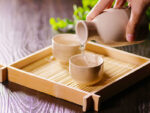
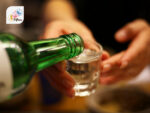
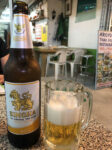
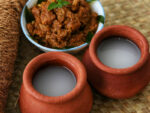
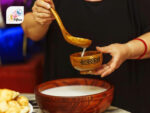

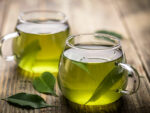
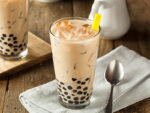
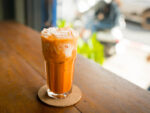
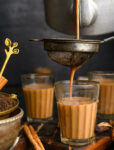
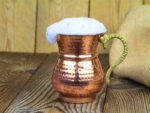
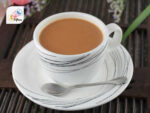

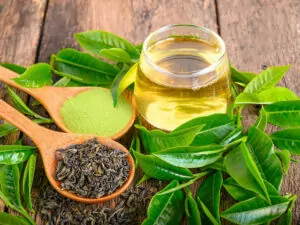
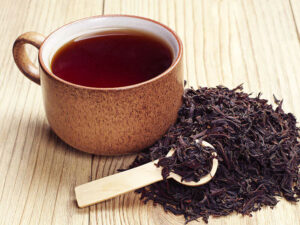
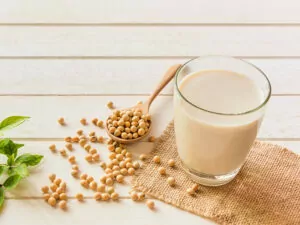
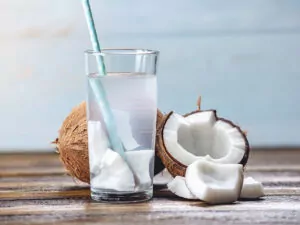
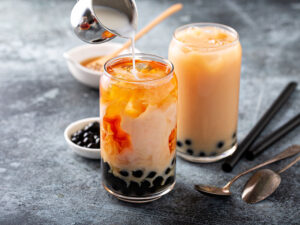

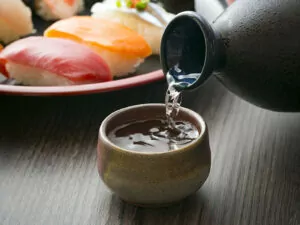
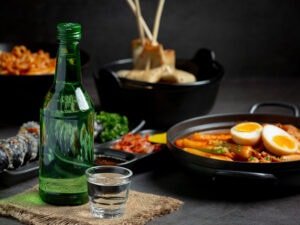
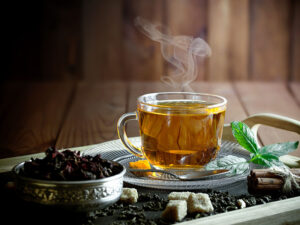
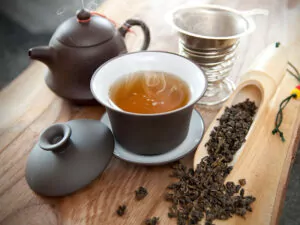
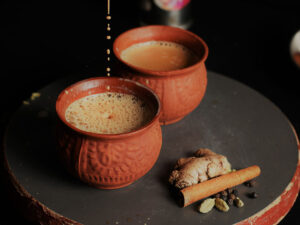
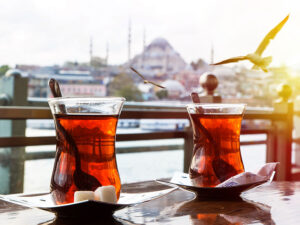
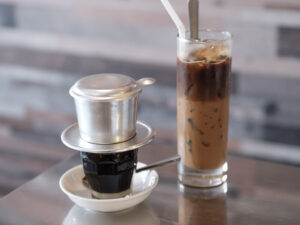
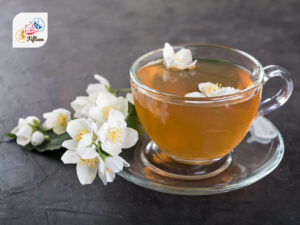
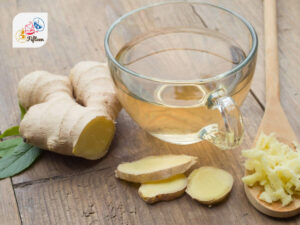
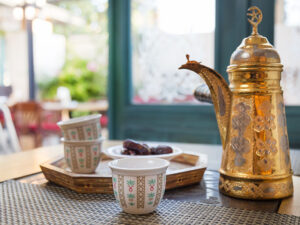
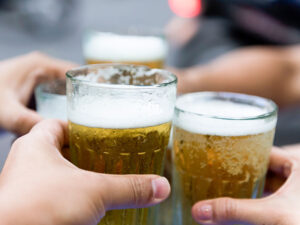
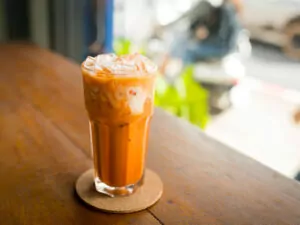
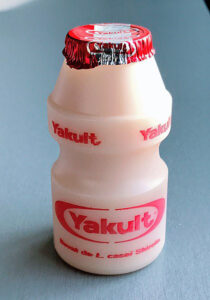
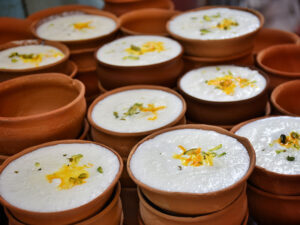
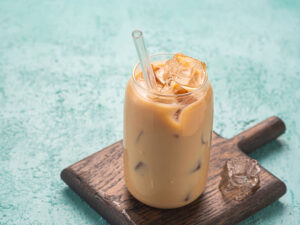
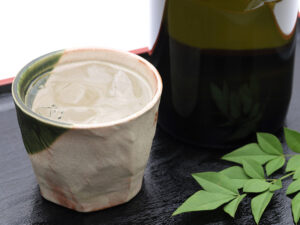

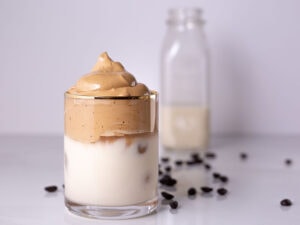
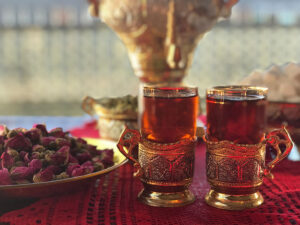
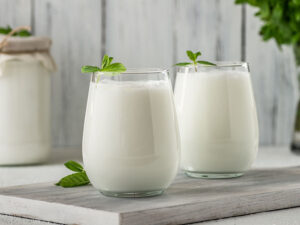

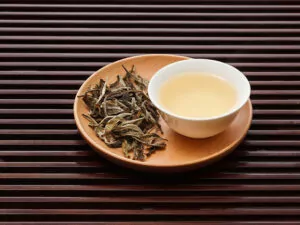
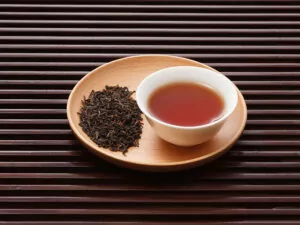
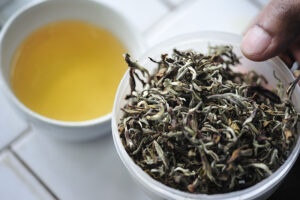
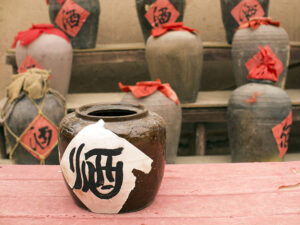
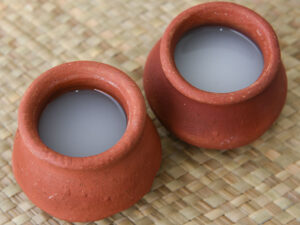
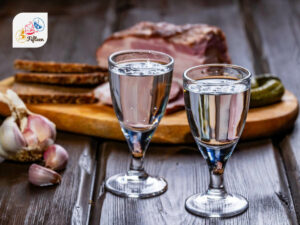
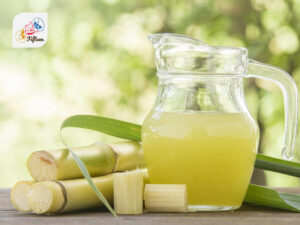
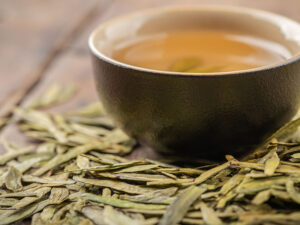
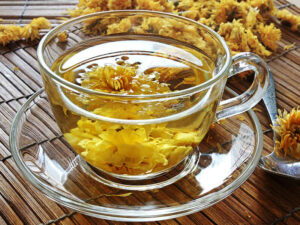
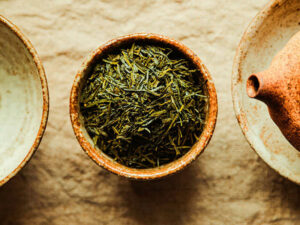
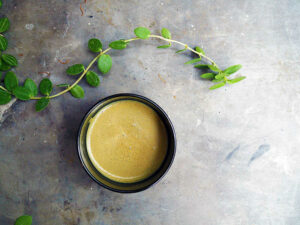
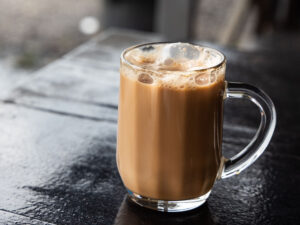
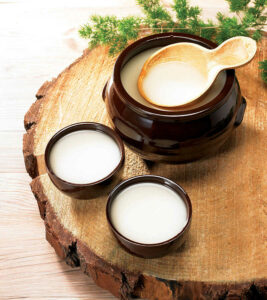

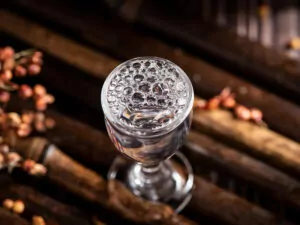
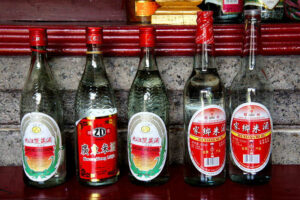
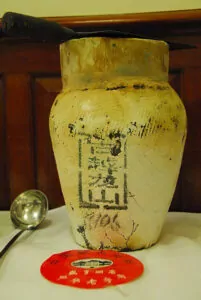
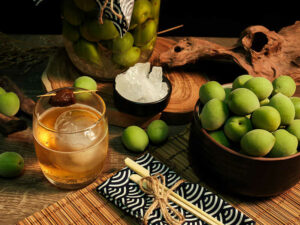
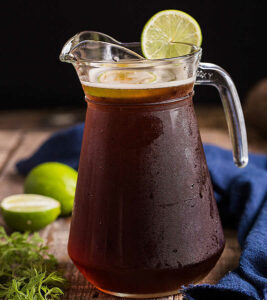
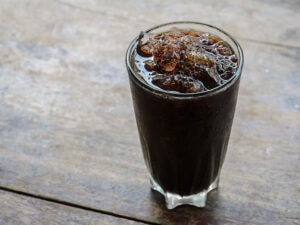
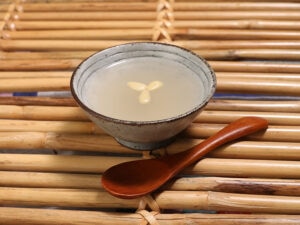
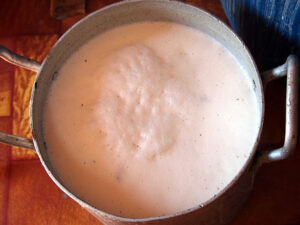
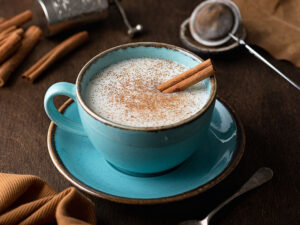
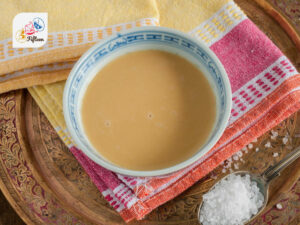

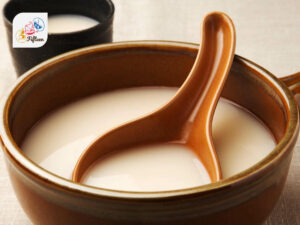
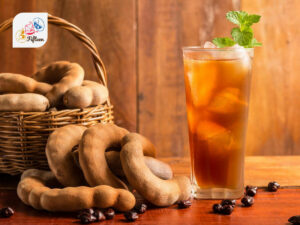
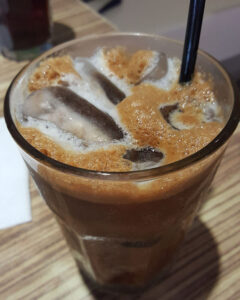
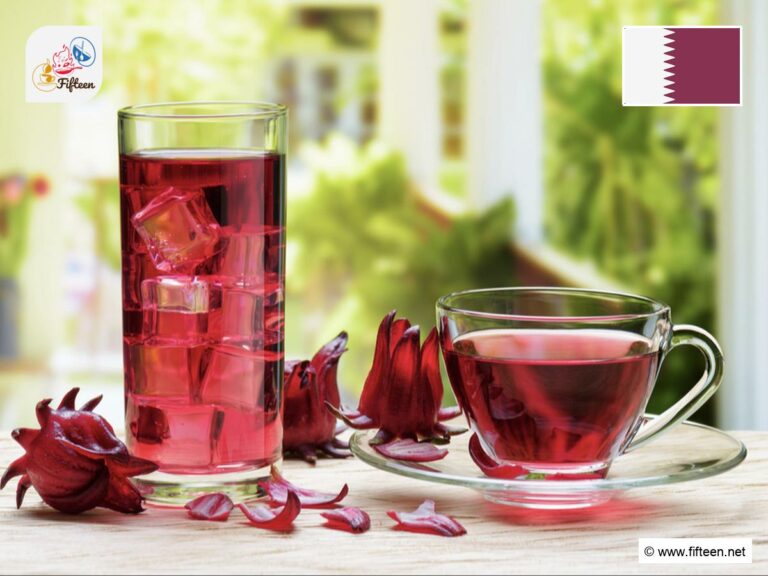
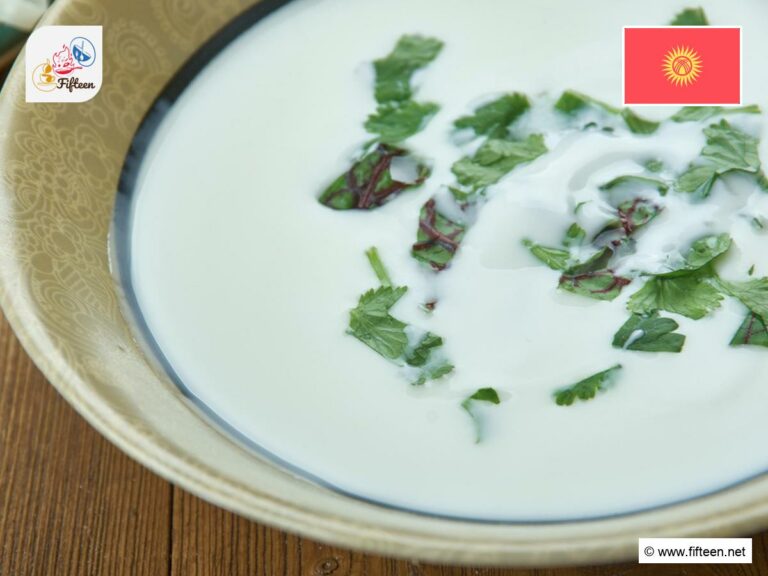
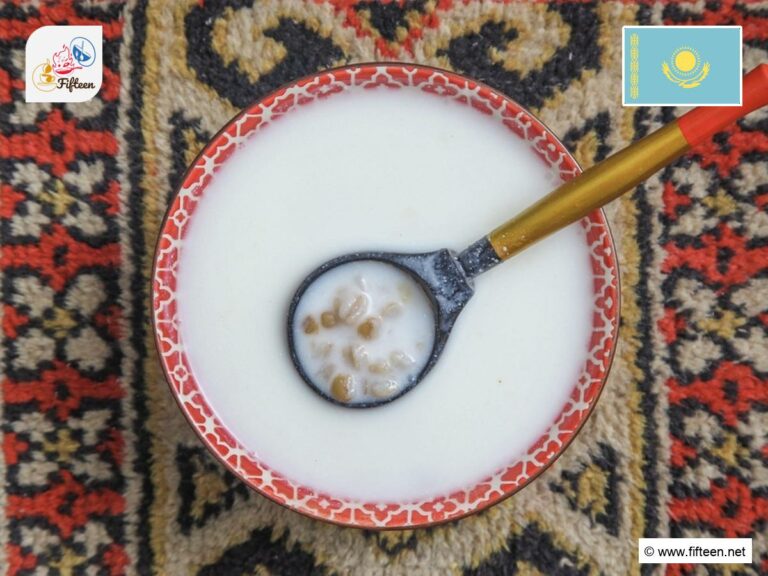
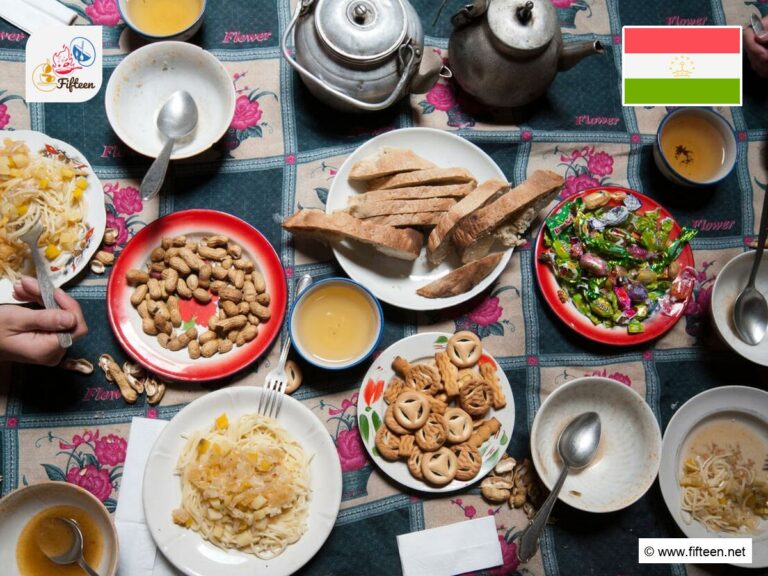
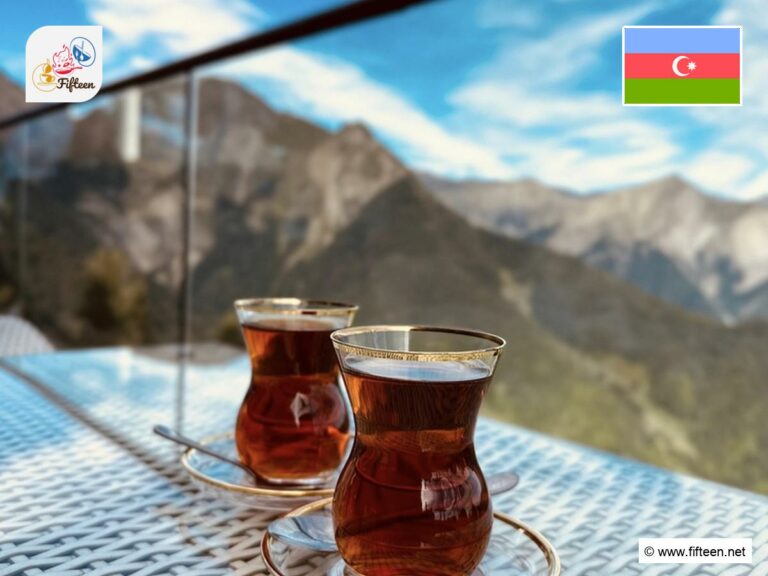
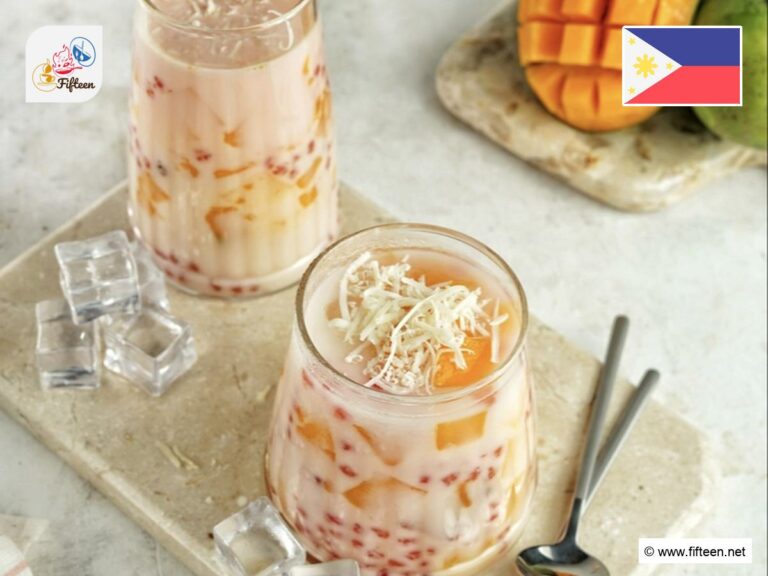
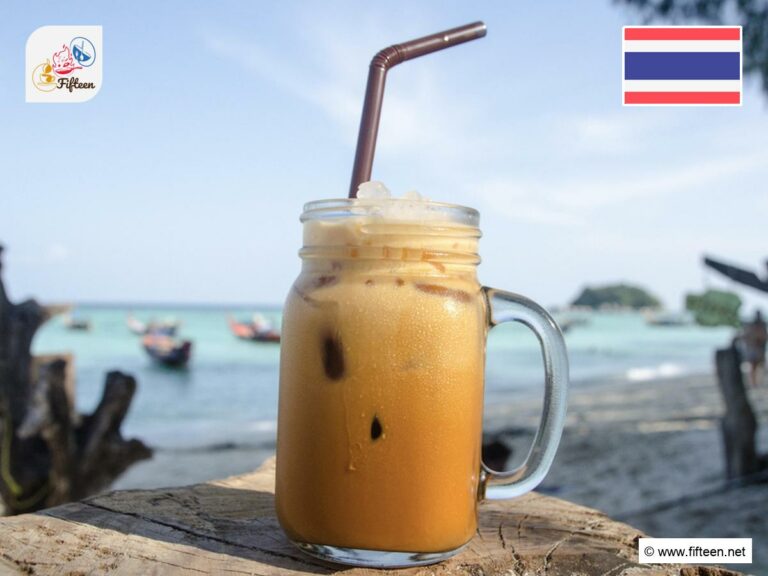
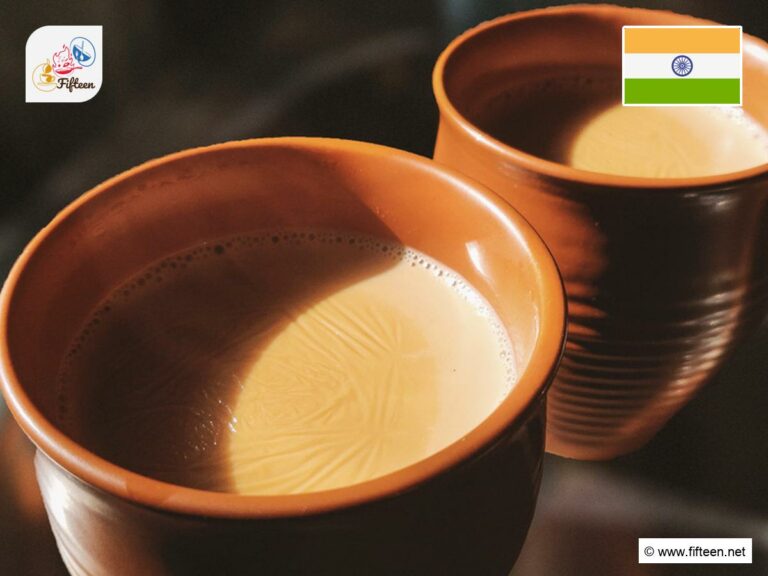
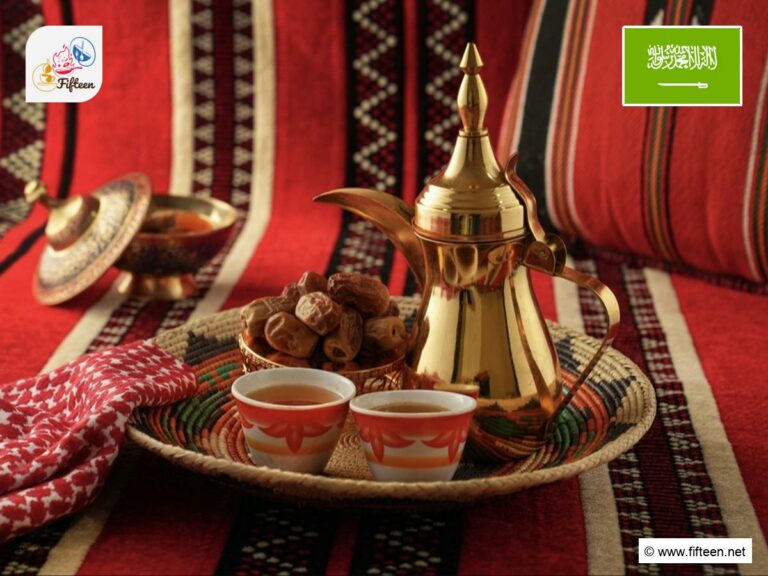
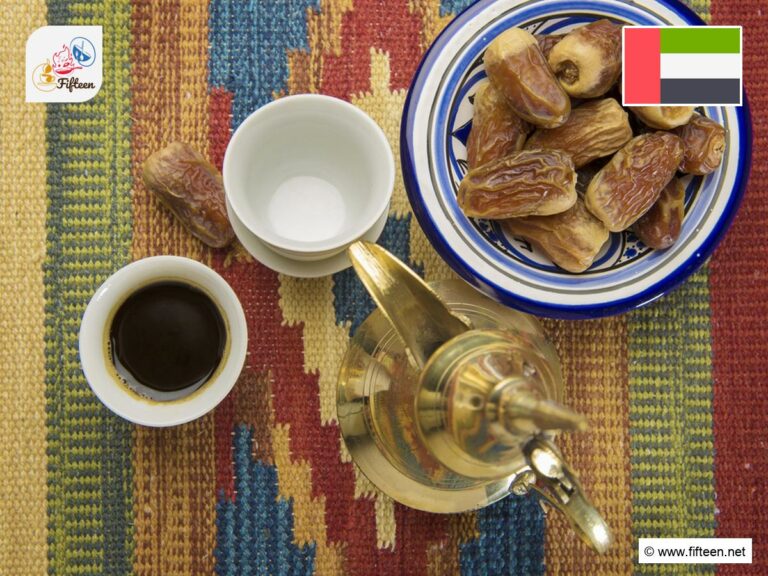
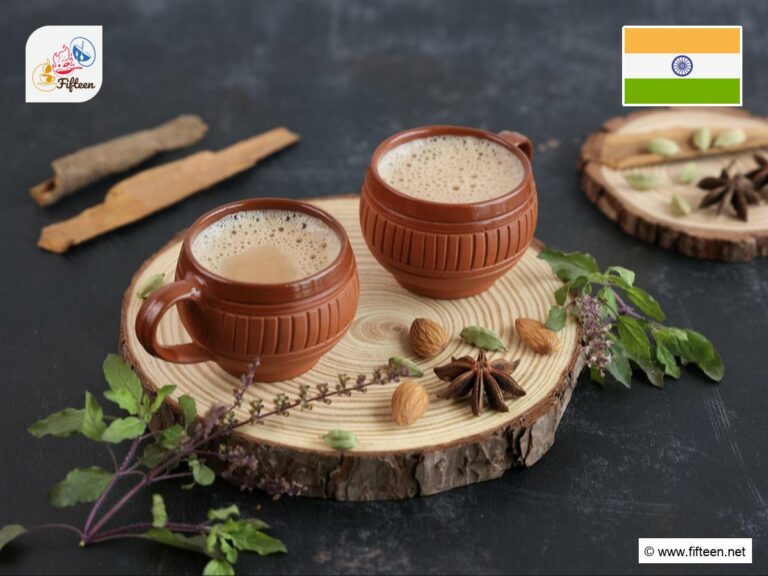
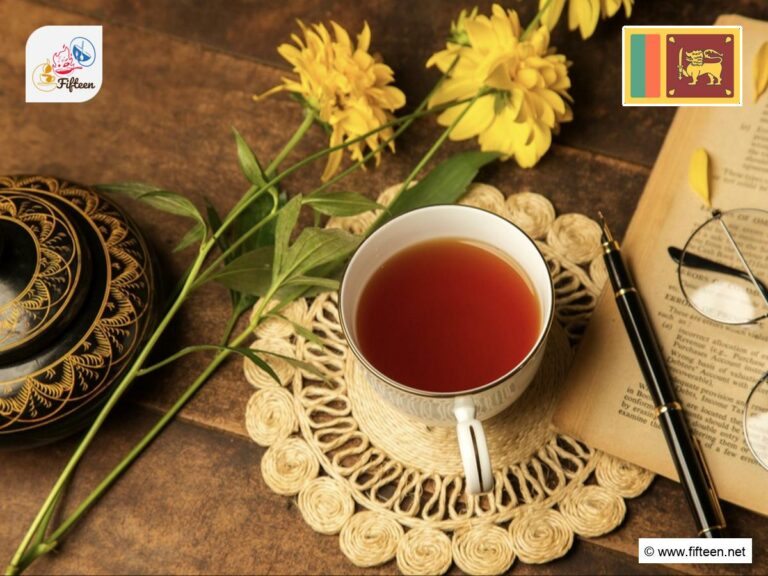
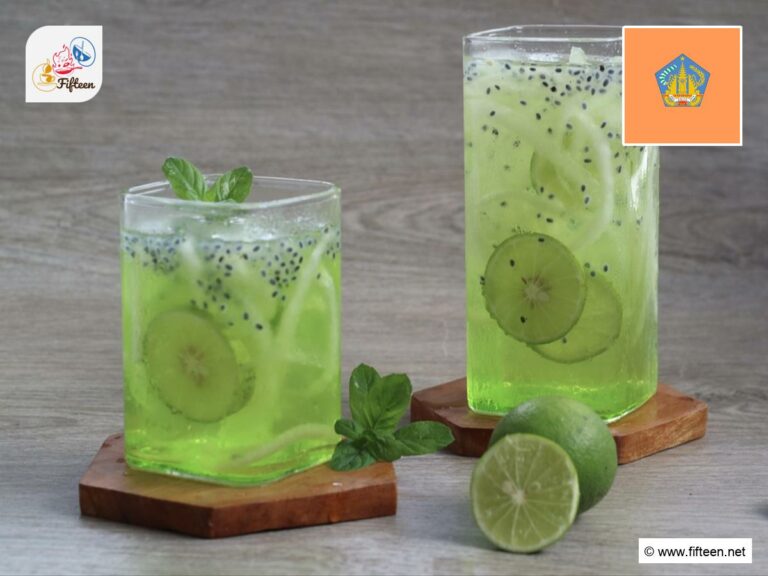
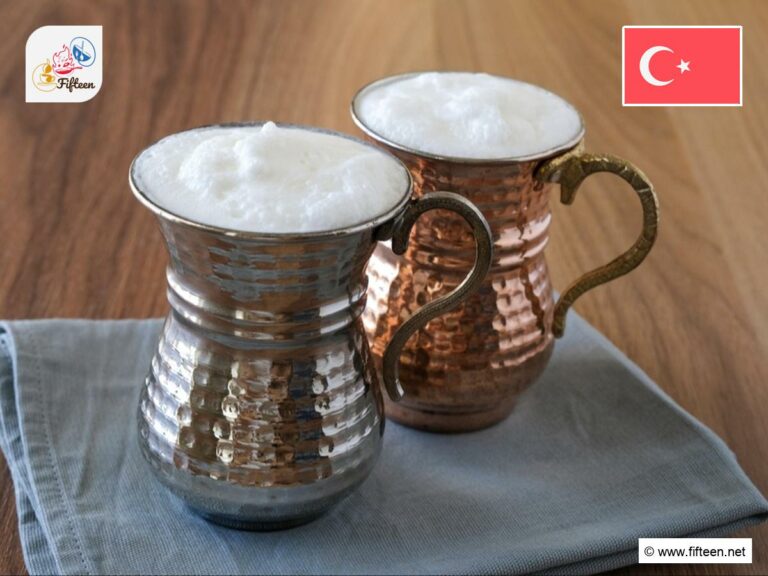
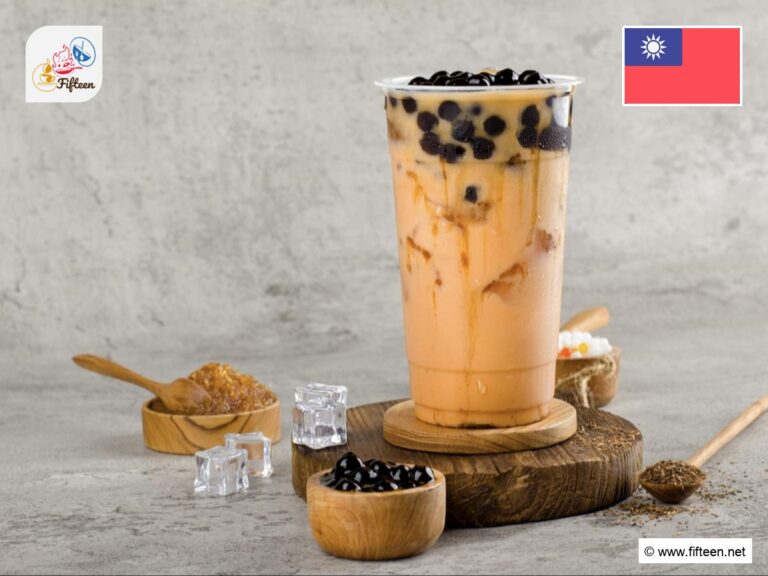
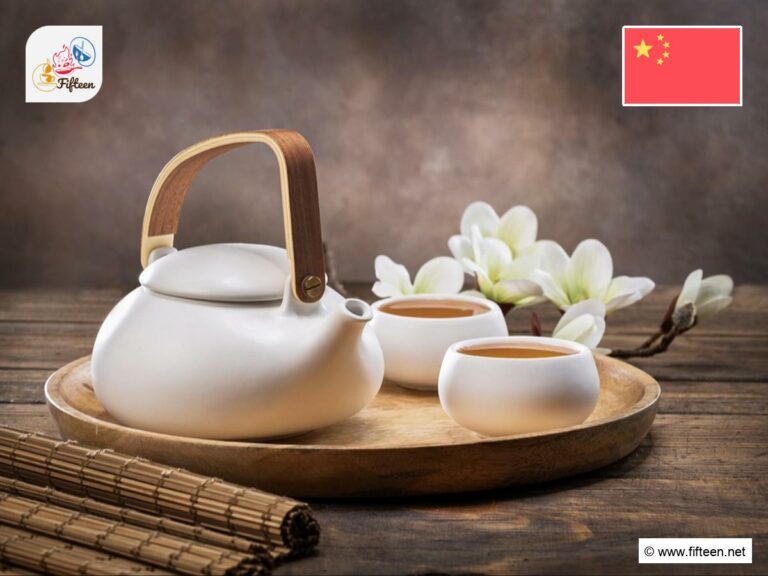

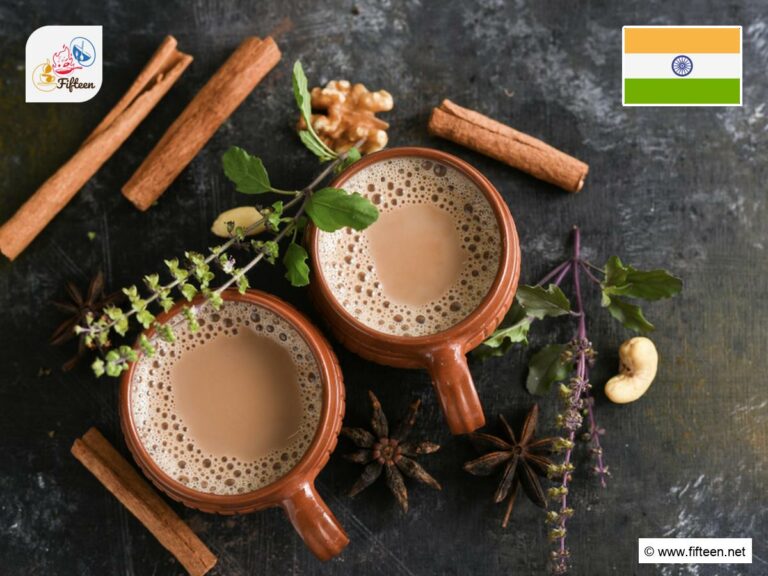
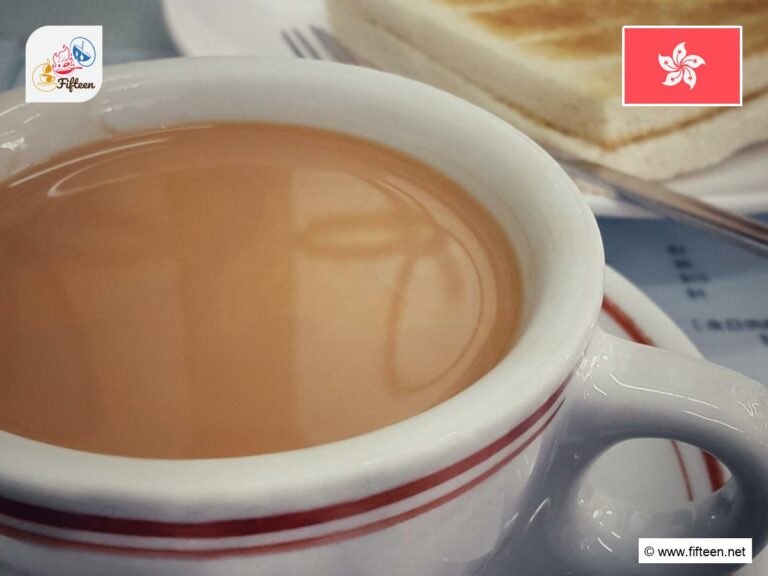
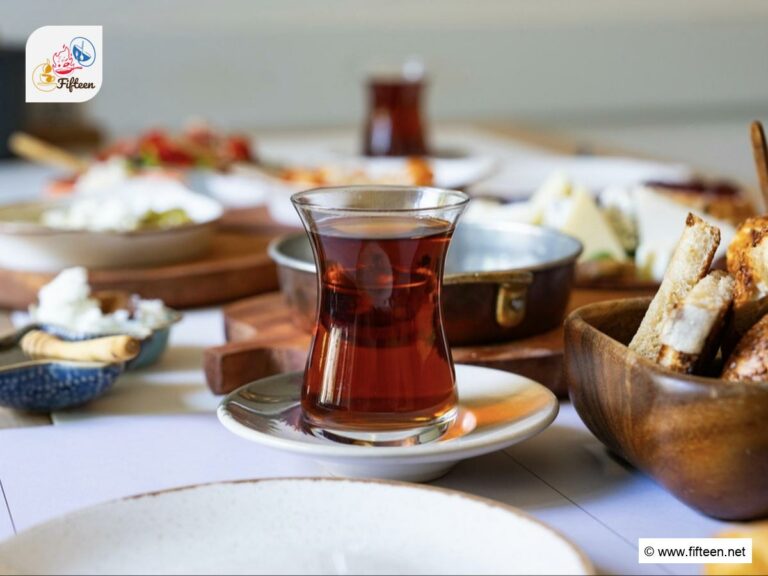
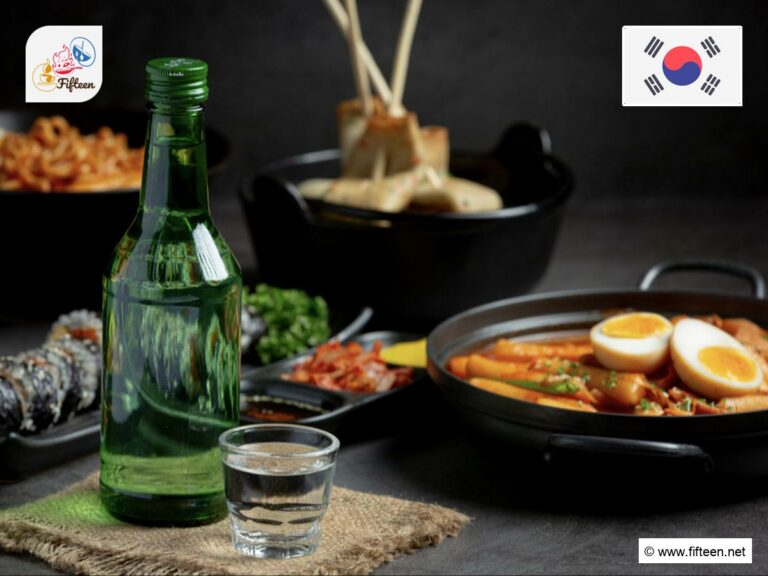
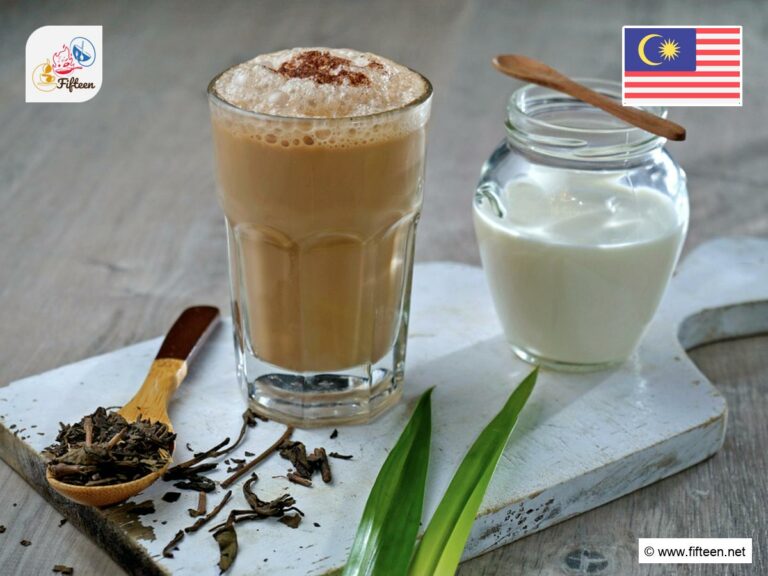
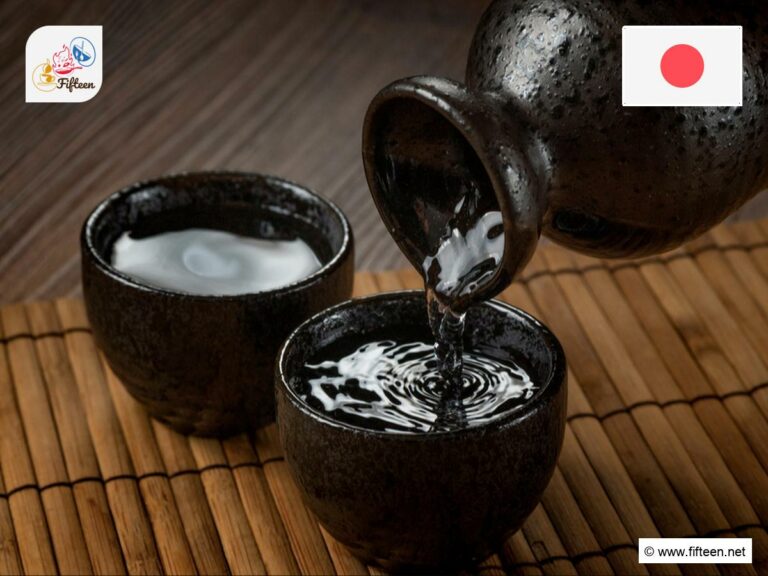
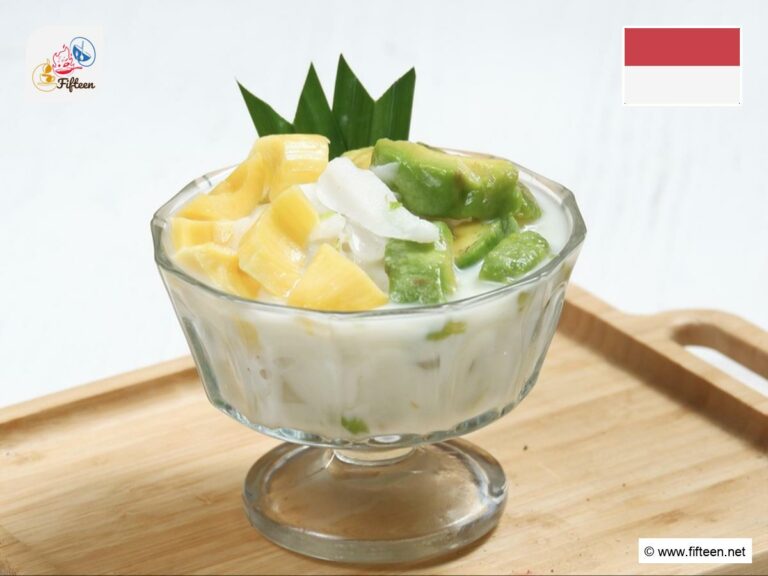
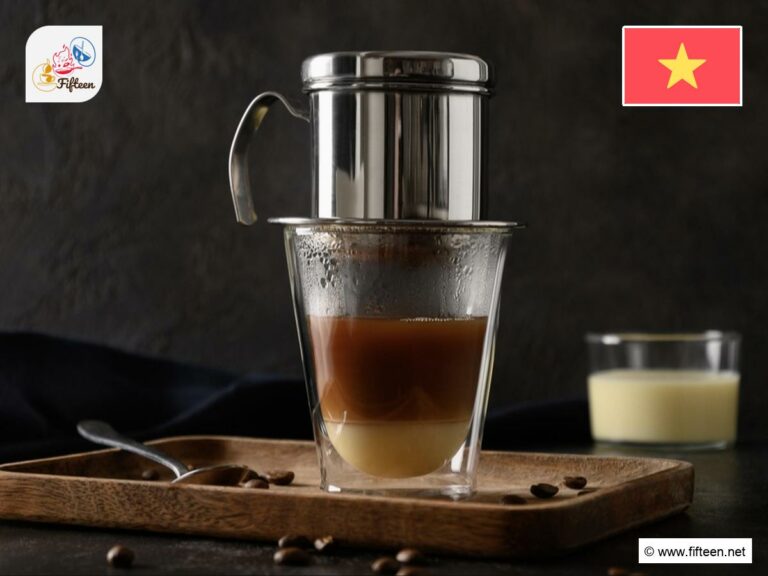
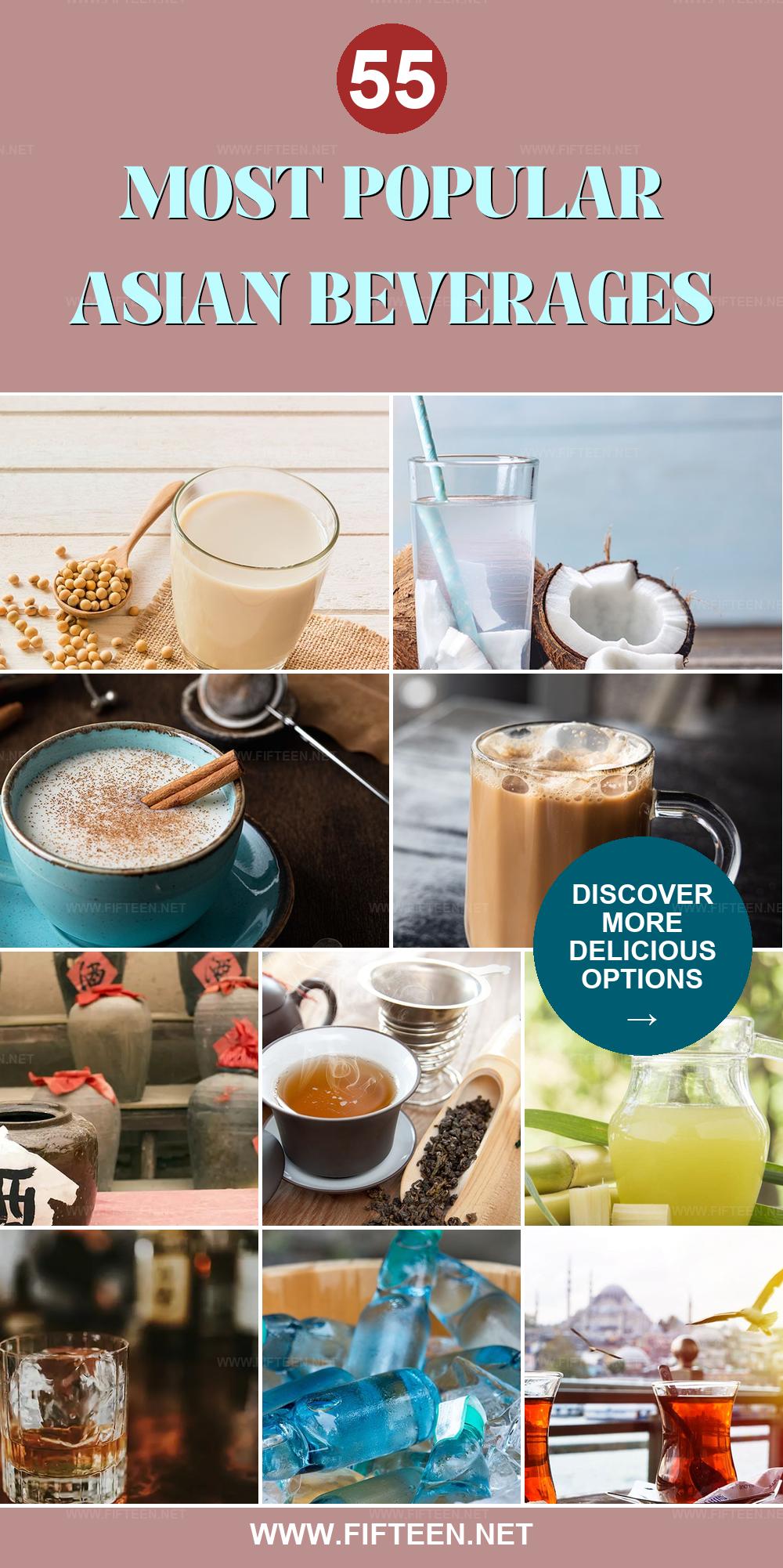
Jamie Scott
Editor in Chief, Senior Content Writer
Expertise
Home Cooking, Meal Planning, Recipe Development, Baking and Pastry, Food Editor, Cooking-video Maker, Western Food Evaluation Expert
Education
Le Cordon Bleu College of Culinary Arts
Local Community College, New York, NY
Jamie Scott is a skilled culinary expert and content creator specializing in Western cuisine. With over 15 years in the culinary field and formal training from Le Cordon Bleu, Paris, Jamie deeply understands how to blend nutrition with delicious flavors. His passion for cooking matches his commitment to making healthy eating accessible and enjoyable.
On Fifteen.net, Jamie brings a fresh perspective to classic dishes and beverages, offering readers insightful recipes, cooking tips, and a fresh view on meal planning that emphasizes taste, health, and simplicity.